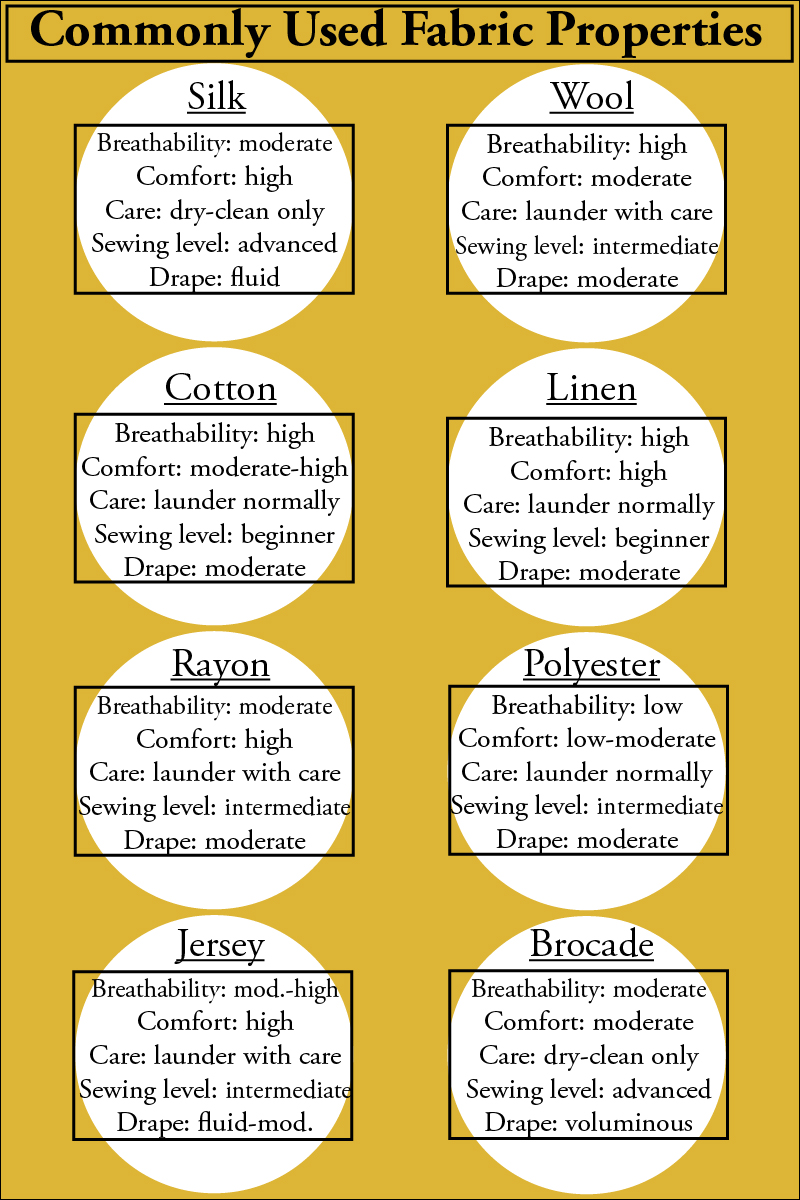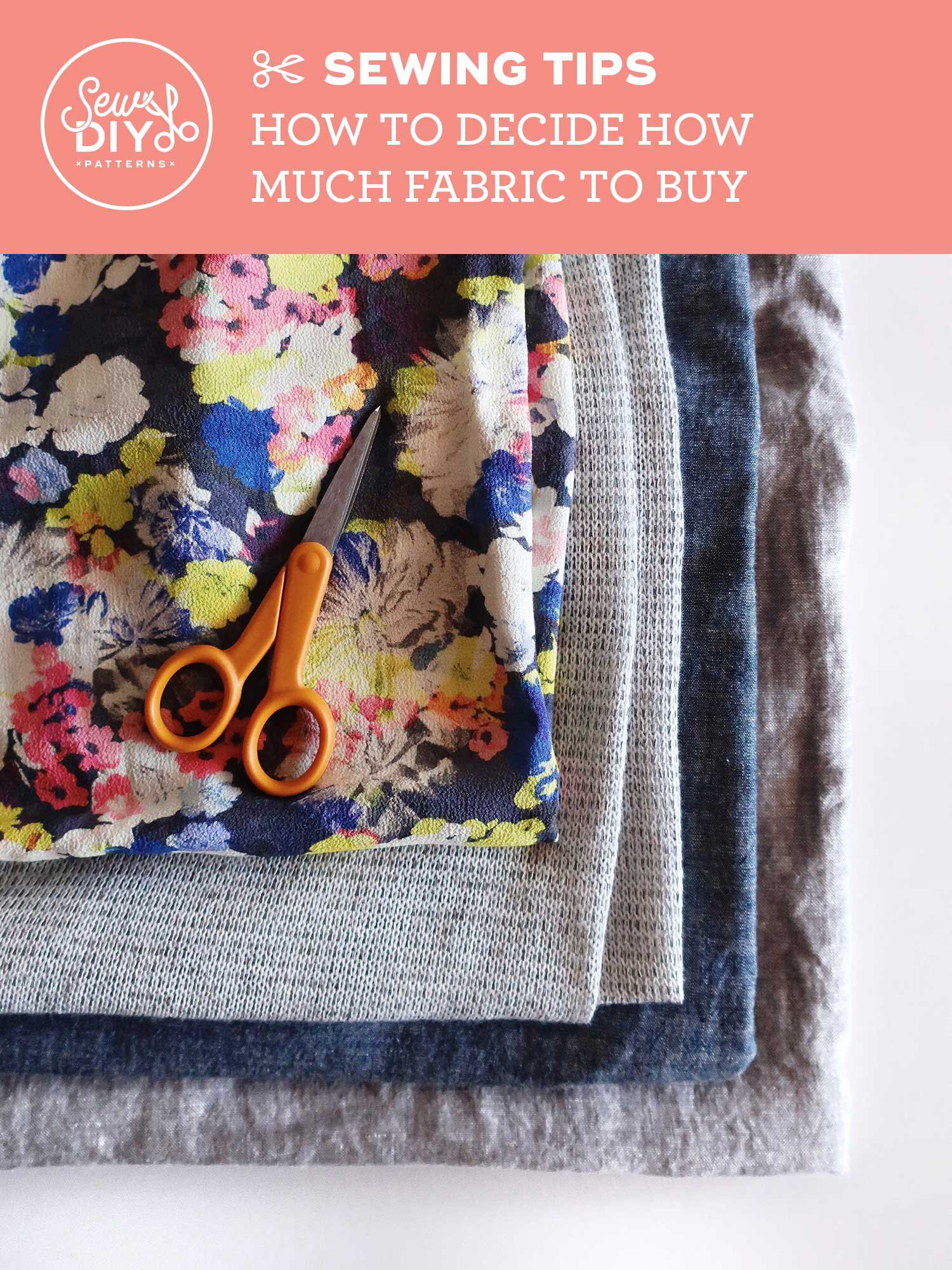All 4 Way Stretch Fabrics for Dummies
All 4 Way Stretch Fabrics for Dummies
Blog Article
All About All 4 Way Stretch Fabrics
Table of ContentsTop Guidelines Of All 4 Way Stretch FabricsThe All 4 Way Stretch Fabrics StatementsAn Unbiased View of All 4 Way Stretch FabricsThe Of All 4 Way Stretch FabricsAn Unbiased View of All 4 Way Stretch FabricsWhat Does All 4 Way Stretch Fabrics Mean?How All 4 Way Stretch Fabrics can Save You Time, Stress, and Money.
As I likewise desire UV defense from my garments when I head out, I would certainly choose a largely woven cotton textile. Also the underclothing is much better in cotton (No spandex bands anywhere near the skin). Look into the finest textiles suitable for making summertime clothes. One more factor to consider when acquiring the material is the way it will after washing.A winner would certainly be to purchase the very least 10% extra fabric. If you can buy preshrunk fabric, this is the best. Preshrunk textile will certainly have labels that will say" etc. If you are seeking a material that will not stretch or lose form, you can try to find the "anti-sag" tag.

If you are matching the shade, like selecting the cellular lining for the primary textile or picking material to include as trim, this is particularly crucial. The material display rooms will normally have a light well where you can see the fabric in sunlight (or a window with excellent light from outside).
Our All 4 Way Stretch Fabrics Ideas

Many textiles are regarding 44 vast. When you most likely to get fabric, estimate just how much you want initially and after that most likely to the store. Inspect out this message to understand the response to this often heard inquiry "Exactly how much textile do I need". With a fat quarter, you will obtain an 18 wide by 22 long.
Some great deals can be had this means. In dressmaking, we get material by the yard/meter.
About All 4 Way Stretch Fabrics
In a quarter of a yard, you obtain a 9 by 44 strip of fabric, which has to do with 22 cm in length. It is constantly much better to acquire broader towel. According to the width of materials, they may be called single-width and double-width. Single width is normally approximately 49 inches in size and dual size up to 60.
You can discover even more concerning backyard to meter conversion right here. Check out this blog post on reviewing a tape step Select materials that are not too difficult or stiff, or you would not fit in them. Bed linen, Denim, flannel, For chillier climates, select wool (100% in addition to woollen blends) wool tweeds, wool crepe; it basically depends on what pants you are speaking about Tailored trousers, Unstructured Pant, Combined, Pants.
Corduroy is comfortable to use fabric to pick for pants. All cotton fabrics are excellent for kids. You can select a cotton satin stretch or a cotton twill or cotton satin or grass. Knit materials are additionally great for youngsters you can go with wool knits. Interlock knits are dressmaking knits that extend throughout the grain.
Some Known Factual Statements About All 4 Way Stretch Fabrics
Cotton lawn fabric in appealing prints is great. Silk jersey is a fantastic textile for stitching skirts, as is Ponte Roma weaved textile.
Drapey rayons, soft wool, lycra blends, and stretch velours are all appropriate for stitching skirts. Woollen (Woollen crepe has a terrific drape and provides sufficient framework for coats; wool tweeds are excellent as well), Bed linen & Flannel. Raw silk, satin, taffeta, velvet, Shoelace, silk chiffon, and Organza are all excellent for making outfits.
You can purchase medium-weight textiles with some spandex/elastane added for a fitting bodycon-type outfit. For drapey gowns, you can select lightweight materials. Jacket has a drapey fit similar to this. Crepe, challis, and charmeuse are all drapey textiles matched for this design. Have a look at these blog posts: Ideal fabric for making laid-back outfits and tops; Names of different dresses. Rayon, Acetate, and cotton lining products are commonly used.
Light-weight cotton fabric, Cambric, Chintz, Twill, Faille, Seersucker, Poplin, lightweight woven broadcloth, batiste, bed linen, eyelet benefit making t shirts and shirts. I like chiffon shirts. Smooth satin textile benefits making airy tops. Have a look at the blog post on the 7 finest materials for making t-shirts. Making shawls and scarves need different considerations for the material check out this blog post on the materials for making headscarfs When buying formed material (a lot of the formed material comes with a size of 45 or 54 inches), there will certainly be pattern repeat in these materials, and this must be taken into account when reducing textile along with buying them i.e., if you wish to match the patterns at the joints.
The Greatest Guide To All 4 Way Stretch Fabrics
This post has the names of all the checkered patterns and this, red stripe patterns. The motifs will certainly be dispersed in an organized style on the fabric. Yet you might see in some cases If the print is not positioned on the fabric properly, it can not be matched or aligned when built without misshaping the material and the hang of the garment.


You can discover more concerning grain and grainline of material below. The fabric weight depends on numerous factors like the weave, fiber type, etc and is generally denoted by GSM. GSM can vary from 60 -700; 700 being the GSM of very high-grade woolen fabric. A denim material has a GSM of 400, depending on the weave.
One thing you have to maintain in mind is that greater material weight does not signify higher fabric top quality. You can not pick high textile weight material denim for a light-weight drifting shawl.
Look into the checklist of the 70+ different fabric coatings and therapies. Basically, the most important criteria to search for in the fabric you buy are as follows. The variety of threads per inch of textile (yarns-per-inch). Greater the string matter higher the variety of strings woven per inch, and the greater the top quality.
Some Ideas on All 4 Way Stretch Fabrics You Should Know
This is really essential in any fabric. In premium material, this balance (either in numbers or in size) will always be maintained. Procedures used on textile to improve appearance and efficiency. The fibers that are woven to make the fabric will click this certainly either be as a single hair or will certainly be created by integrating two threads (turned).
A two-ply yarn transcends to a single-ply yarn.
If you are preparing to start a brand-new sewing task, selecting a material will be one of the most important step as soon as you determine what you intend to make. After you've gone to all the problem and cost of acquiring the stitching equipment you enjoy, a pattern you like, and a material you like, you desire the finished item to be a success, right? One method to achieve that is to begin by making certain your textile is truly best for the task.
More About All 4 Way Stretch Fabrics
As an example, if you're making a quilt, you'll automatically want to use quilter's weight cotton for ideal results. However suppose you intend to make a thing of garments? How do you know which textile will provide you the ideal result? Selecting a fabric just due to the fact that you like the print or style on it isn't necessarily the most effective approach.
In order to avoid doing a whole task for basically nothing, we've put together some tips to assist you decide which textile is ideal for your job. Allow's state you currently have a task in mind; just how do you locate the ideal material for it?
Then, think of the qualities you want the finished item to have. If clothes, will it be fitted or loosened? Dressy or daily? For warm climate or cold? Do you want a strong shade or a print? If you are making a non-wearable item such as a cushion cover or potholder, make use of a durable textile such as canvas.
There is a lot details available regarding materials, their features, and their usages, it can get to be frustrating! So don't attempt to take it in all at as soon as; just start with the job handy. Discover all you can about the material you utilize for this set project.
Report this page